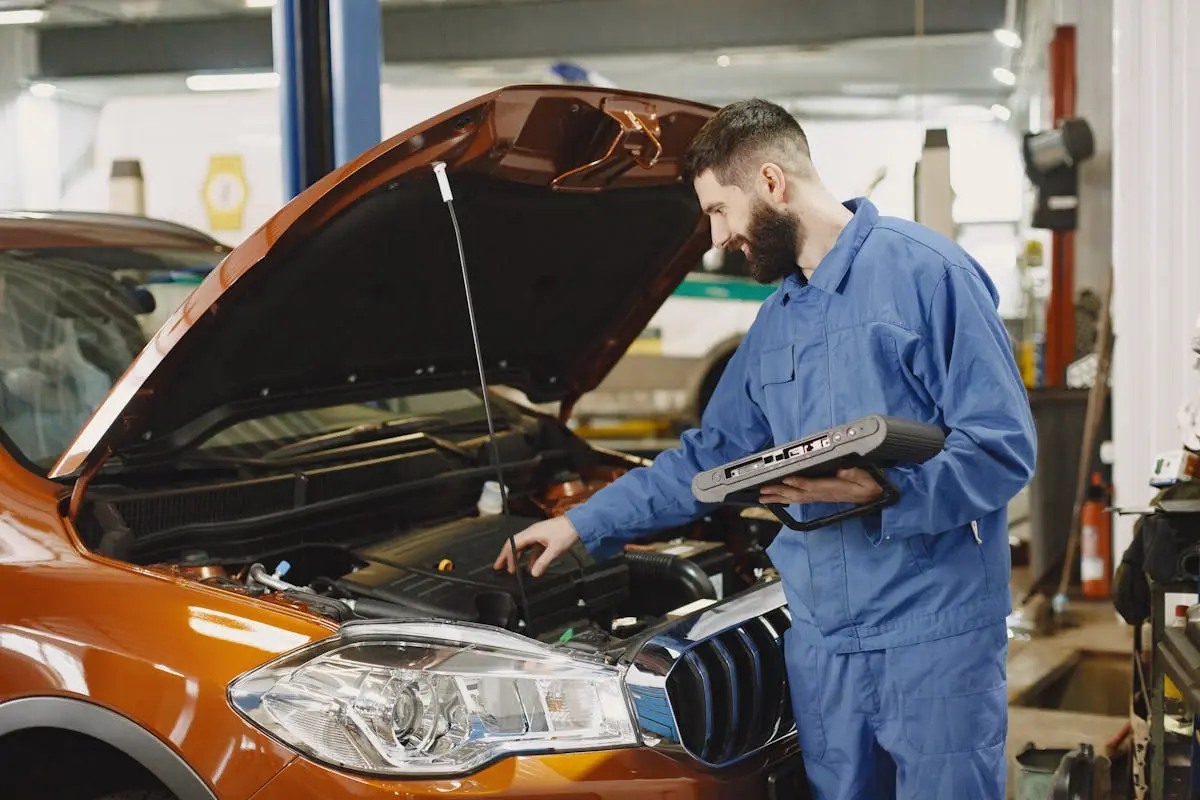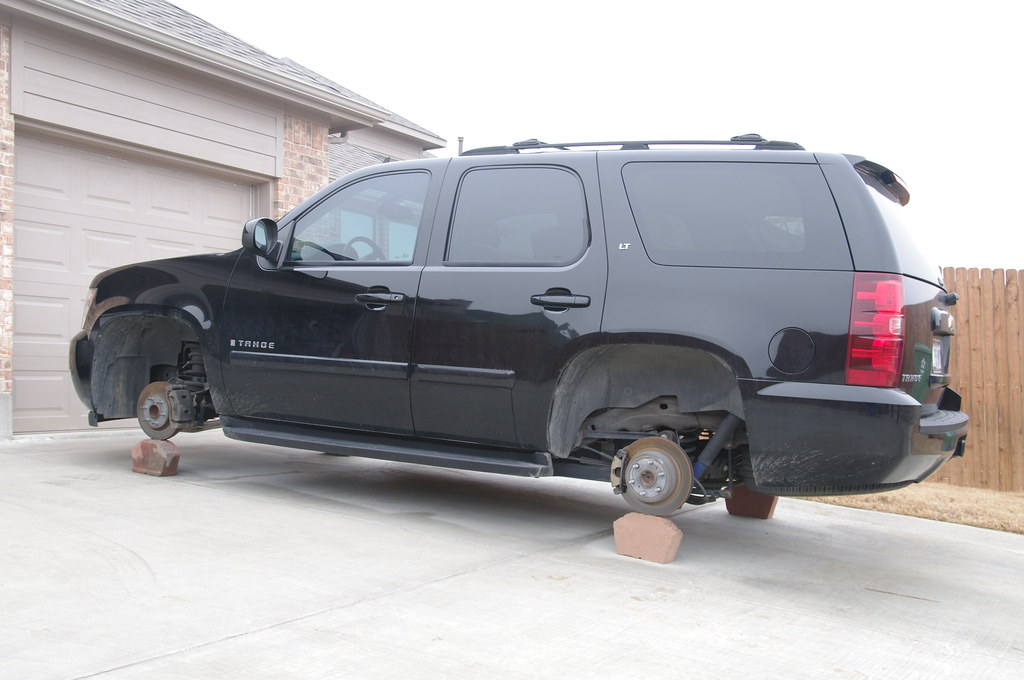I’m sure you’ve purchased new tires in the past and maybe you’ve encountered some issues after the install, but (hopefully) you didn’t have any issues! Either way, I have some insider tips you should keep in mind when you’re ready to make that purchase. Are you due for new tires? Don’t make that appointment yet!
Things to consider
First of all, where you get your tires installed really does matter, that is why I normally recommend the dealership. Often times, their prices are pretty competitive, and they almost always have the tires you need in stock. Plus, if it’s been a while since you had an alignment you should definitely have them take care of it while it’s there. Also, make a point to check their website, you might find coupons for tire rebates and specials. The goal is to focus on quality workmanship with a guarantee only a nationwide automotive dealership can provide.
Don’t compromise on quality
So, why would I recommend the dealership? Well, dealerships are certainly not perfect but you’ll have a greater chance of high-quality work, done right the first time. Dealerships must maintain OEM standards of quality, so that means the tire installation machine and wheel balancer machine are the best in class with the latest technology. These machines, including the alignment machine, receive regular service and calibration at least once per month.
The dealership technicians receive factory specific training to work on the vehicles, even something as simple as tires, mounting, balancing, and installation take knowledge, skill, and the ability to know when there’s an issue.
Common issues that professional tire installers watch for:
A bent wheel
Once the technician performs a balancing test then finds it needs an unusual amount of weights, that should be a clear indication that further inspection is necessary.
Corrosion on the wheel bead mating surface
This is a common occurrence for anyone living by the ocean or in a colder climate where salt is added to the roads. The salt corrodes chrome wheels, aluminium finishes, and steel wheels and causes a perpetual slow leak.
Excessive Road Force
This one is very important, and most people don’t know about it. This is a separate test that the technician must do after mounting the new tire to verify proper operation. I’ll explain more about this.
A defective tire
This is somewhat rare but once the tire is mounted the technician may observe deviations in the tire while on the balancer or during the road test.
Deteriorated valve stem/tire pressure sensor seal kit
This one is very important and often overlooked, especially by local tire shops. The rubber valve stem should always be replaced when new tires are installed. The tech should also verify the mating surfaces are clean and free from debris and corrosion. In many cases only the dealership has the correct valve stem or tire pressure sensor kit which usually consists of gaskets, seals, and a new nut/collar. If your vehicle is more than fifteen years old the generic rubber valve stems are commonly universal with the exception of some vehicles. But if your vehicle has a tire pressure sensor built into the valve stem, then it’s a dealer only part. I don’t recommend aftermarket parts.
Aesthetics and care
An experienced technician will have knowledge of the machines and will be careful not to let anything scratch the surface of the wheels or cause related impact damage.
Now if you recall in the list I mentioned “Road Force”. This is something slightly more technical than just adding weights to the wheel. When the Road Force variation test is complete, there will be a number displayed on the screen. The lower the number the less vibration will be observed while driving at high speeds… It’s that simple! So, if you have all four tires replaced then immediately drive on the highway and notice your car doesn’t ride as smooth as it did before you most likely have excessive Road Force in one or more tires.
Let me explain this a little more
The manufacturer provides guidelines for each wheel configuration as to what is considered acceptable. Usually that translates to trucks and SUV’s having an allowance of a higher Road Force than regular passenger vehicles like sedans and compact cars. For example, if you own a sports car with low profile tires and the technician found your left front tire has a Road Force of “6” and the right front tire has a Road Force of “14”, you’ll definitely feel that when you’re on the highway! 14 is way too high for a sports car. Aim for 0-6; 0 is optimal but it is not very common to have all four tires that perfect. If you are very particular about your car, have them provide you with this information before allowing them to perform any work.
If they can’t provide this information you can ask to speak with the shop foreman or service manager. Normally most dealership personnel work hard to provide solutions and want you to have a good experience.
A professional tip
Tell the service advisor you want the technician to manually torque each lug nut on the vehicle. They should never use a pneumatic air gun and a socket to tighten the lug nuts. Over torquing lug nuts will lead to warped brake rotors, excessive stretching of the fasteners beyond the engineering specifications, and the inability to remove lug nuts with hand tools when you have a flat tire. These are just a few examples, there are many more!
The service advisor may tell you the technicians use toque sticks but those are designed to speed up the process, they don’t provide any accuracy whatsoever.
If you have peace of mind that they will do everything right except toque your lug nuts properly then have them do the job but torque everything yourself when you get home. You’ll find the toque specifications in the owner’s manual.
Lastly, if you have premium OEM wheels on your vehicle, make sure they are very clean and take pictures of each of them while you’re at the dealership prior to having work performed. Let the service advisor know you are very particular so they can make sure the technician working on your car is extra careful.
And finally, make sure the dealership also inspects the condition of your spare tire, if equipped.













